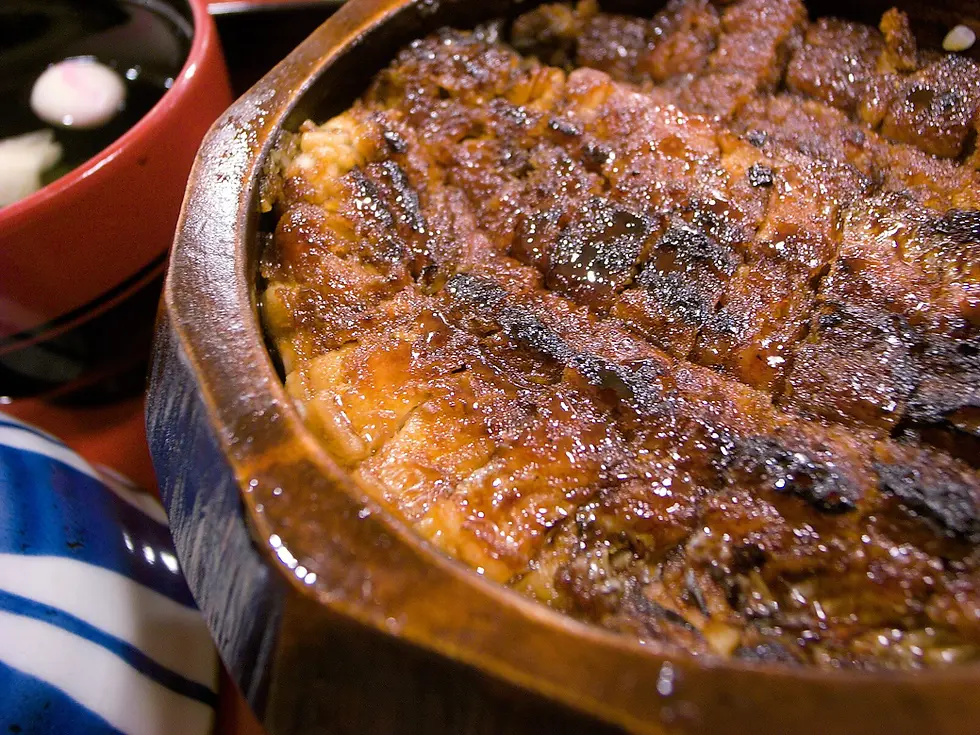A Private Passage Through Japan’s Mountain Soul | MK Travel
- M.R. Lucas
- Jun 16
- 3 min read
Updated: Aug 13

Some roads feel like transitions—and some roads feel like revelations.
The route from Nagoya to Shirakawa-go and Takayama is one of the latter. Mountain ridges slowly rise around you. Villages blink past like forgotten postcards. And time—usually something you check on your phone—becomes something you feel in your bones. This isn’t just a day trip. It’s a slow unfolding of old Japan.
With MK, the journey doesn’t start when you arrive—it starts the second the door closes. This isn’t just transport. It’s a philosophy on wheels. A luxury experience defined not by flash, but by calm attention: multilingual drivers trained in etiquette and regional knowledge; spotless, whisper-quiet sedans; panoramic windows that frame the country not as a blur but a breathing scroll.

From Nagoya city or NGO Airport, MK takes you through Japan’s snow country, into a time-slip village of thatched roofs and sacred silence, and finally into the mountain heartbeat of Takayama—the city Kyoto might have been if left alone by the modern world.
This is your passage. Let’s begin.
Shirakawa-go – Where Snow Falls, But Time Stands Still

Tucked away in the wild northwest of Gifu Prefecture, Shirakawa-go is more than just a UNESCO World Heritage site. It’s a living relic. One of the snowiest inhabited places on Earth, where the architecture doesn’t fight nature—it bows to it. The gasshō-zukuri homes, with steep thatched roofs shaped like hands in prayer, seem built not just to withstand snow, but to speak to it.
Many of these 114 structures are still inhabited. Passed down—not sold and preserved—not monetized. This village isn’t a performance. It’s a testimony. A place that reminds you Japan is not defined by neon or noise, but by mutual aid, spiritual rhythm, and the humility of enduring winters without forgetting the warmth of community.

Shirakawa-go doesn’t try to impress you. It simply waits. And MK gives you the space to arrive without stress—so you can receive what the place has to provide.
Snow here tells stories—spring blossoms frost rooftops like icing. Autumn ignites the mountains. And in winter, the village disappears under a spell of silence and white. Nighttime illumination events turn the homes into lanterns from a fairy tale. There’s no need to convince your children that Santa might live nearby. He’d be lucky if he did.
Before leaving, warm yourself in an onsen nearby, then return to the trail—quiet, restored. This isn’t a village you visit. It’s one you carry with you.
Takayama – Japan’s Mountain Heartbeat and Kyoto’s Quiet Twin

From Shirakawa-go, MK brings you to Takayama-shi—the crown jewel of the Hida region and a living counterpart to Kyoto before tourism rewrote its rhythm. Nestled in the Japanese Alps, Takayama is Japan’s largest city by land, but one of its most intimate by spirit.
Once governed directly by the Tokugawa Shogunate, Takayama was renowned for its fine timber and the skilled craftsmen who worked with it. That legacy remains visible in the preserved Edo-era streets, where teahouses, sake breweries, and Hida beef sushi counters line narrow lanes.

Visit during the Takayama Festivals—April in spring or October in autumn—and you’ll witness floats that move like myth. Lanterns, silence, collective awe. Unlike Kyoto, nothing here feels performed for foreign eyes. The reverence is genuine.
Nearby, the Hida Folk Village climbs a wooded slope like a dreamscape. An open-air museum of old homes built in gasshō-zukuri style, it preserves the rhythm of rural life and the artistry of mountain craftsmanship.
Takayama’s forests hum with color—blossoms in spring, crimson in fall, snow in winter. The city invites not escape but immersion. And MK makes that possible without interruption. No navigation. No rush. Just motion that matches the mood.
This is a place for travelers who still believe in wonder.
The MK Difference – Luxury Without Distraction
Between Shirakawa-go’s sacred hush and Takayama’s mountain elegance, MK offers something rare: silence without anxiety—stillness without schedule.
Their fleet of BMWs, Benzes, and Lexuses is maintained for comfort—not flash. Multilingual support ensures no moment is lost to confusion. Every part of the journey is curated, responsive, and intensely local.
Whether you're starting your loop from Nagoya city or Chubu Centrair International Airport, MK’s Takayama–Shirakawa-go Course gives you not only a route, but a rhythm. Something meditative. Something memorable.
This isn’t just a tour. It’s a passage back into Japan’s deeper time.
Let MK carry you through it.

Image Credits
Photo: Qian2007, CC BY-SA 4.0
Photo: Raita Futo, CC BY 2.0, via Wikimedia Commons
Photo: Alexkom000, CC BY 4.0, via Wikimedia Commons




Comments